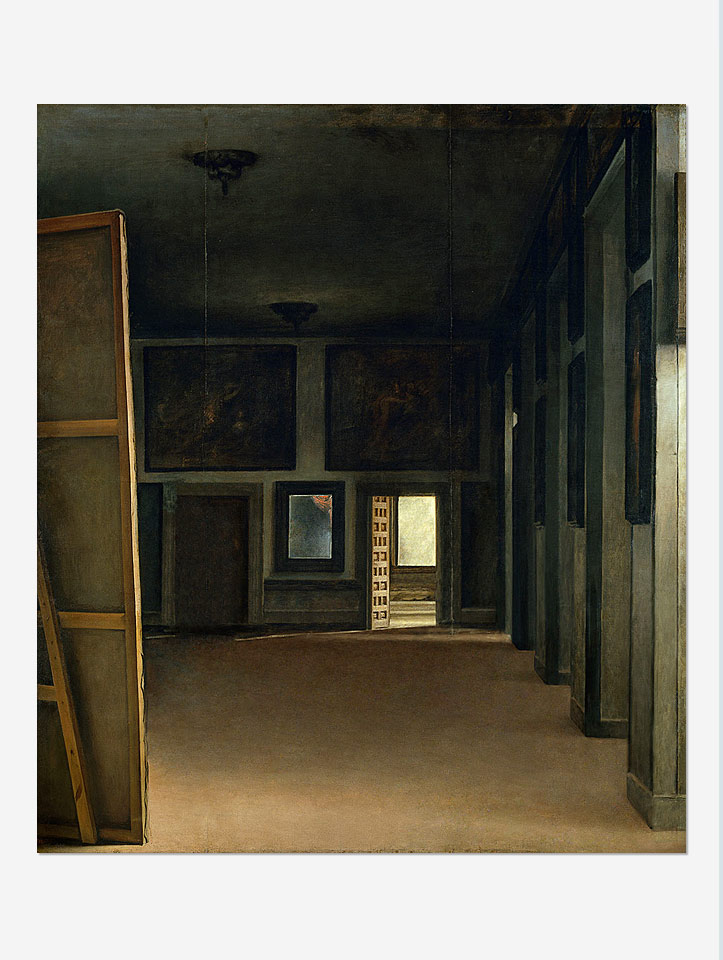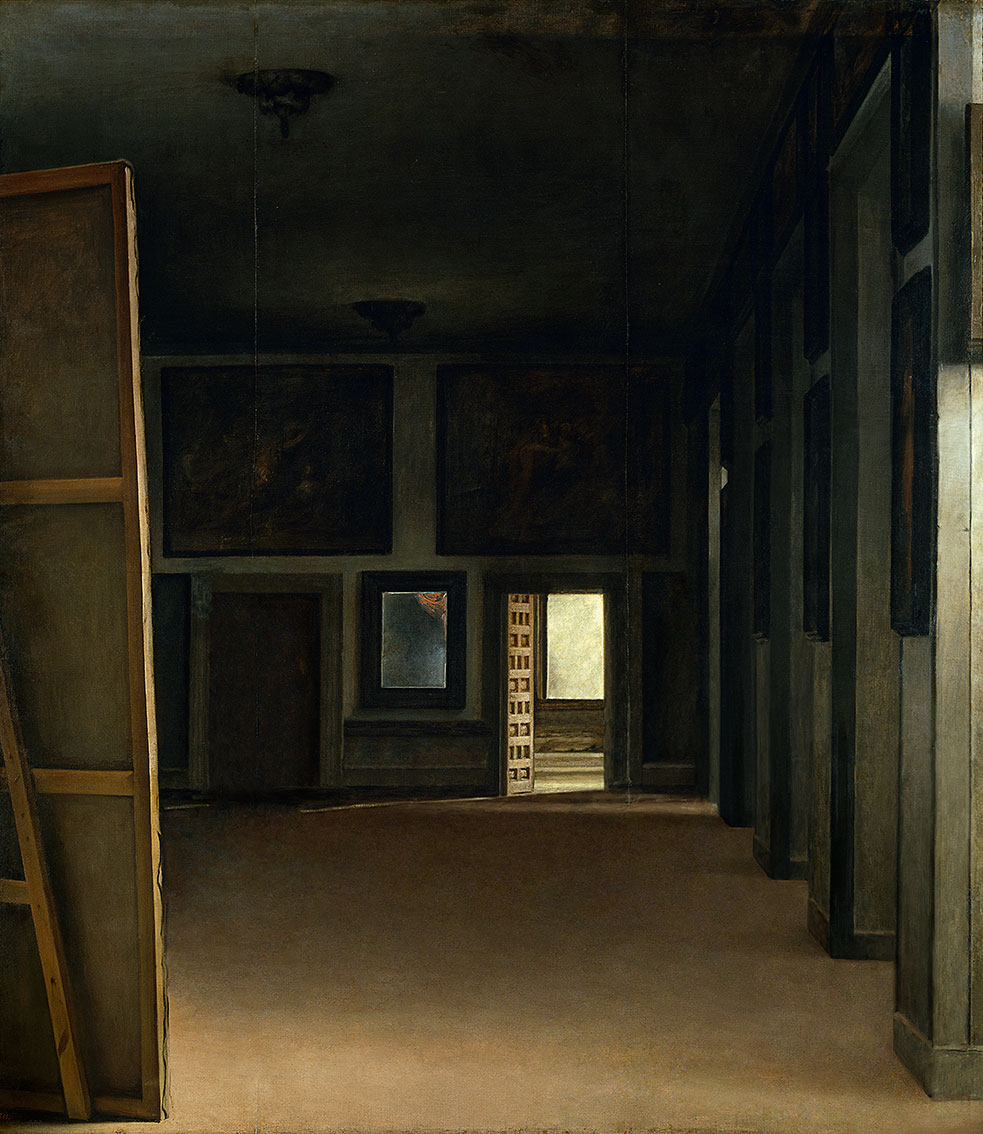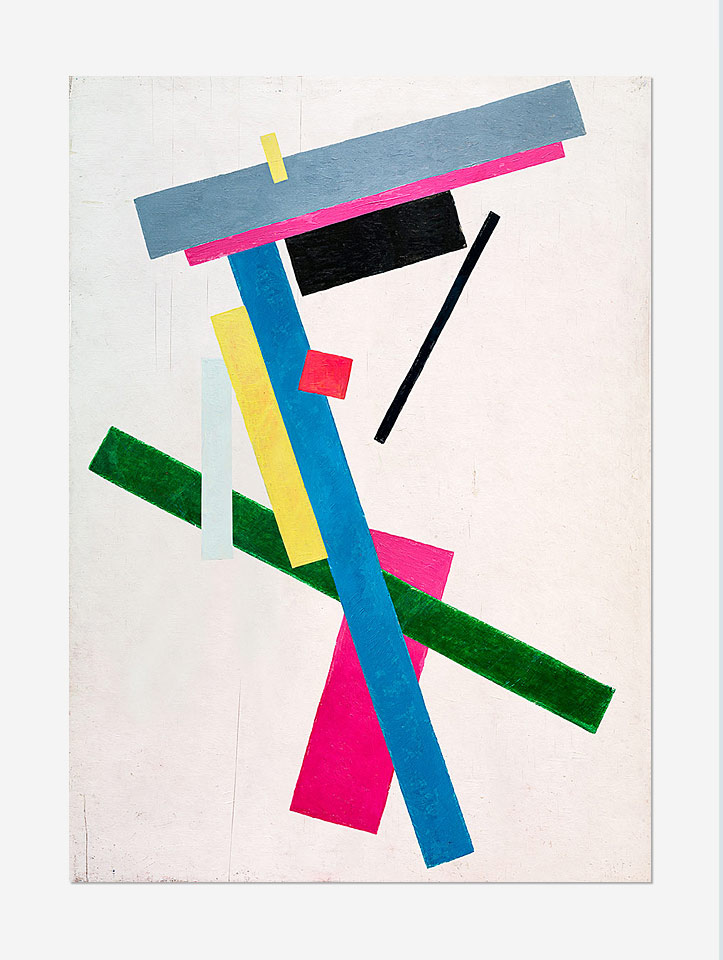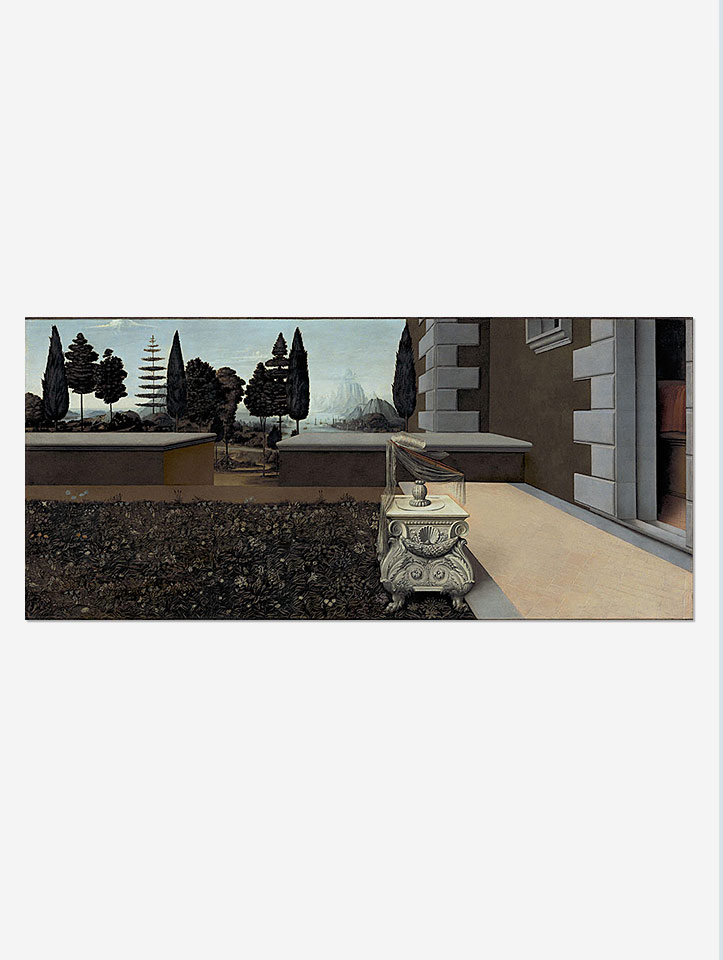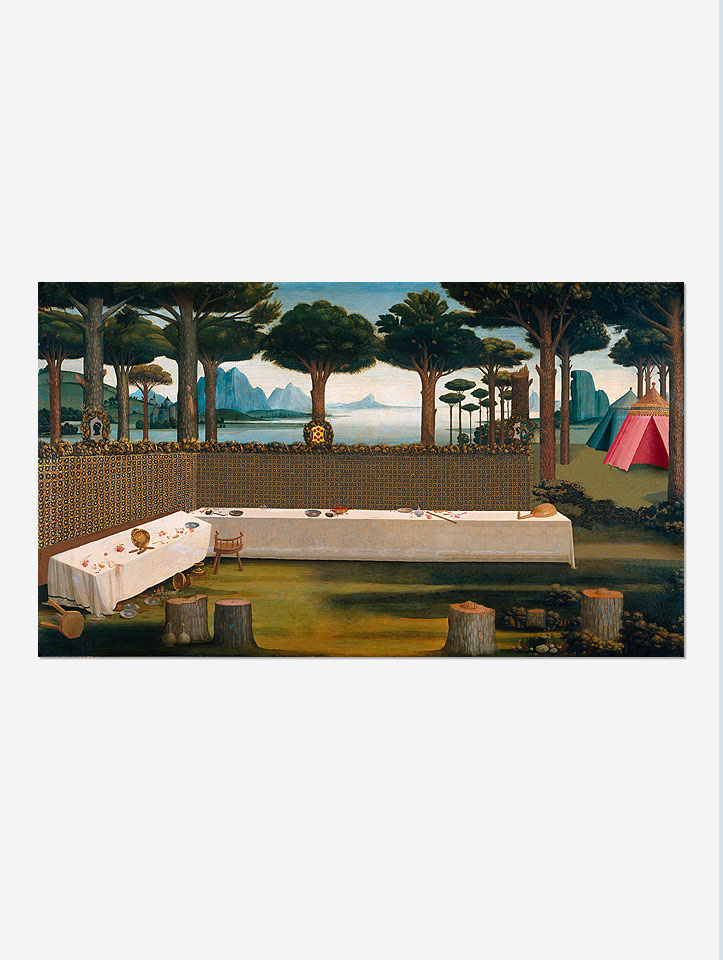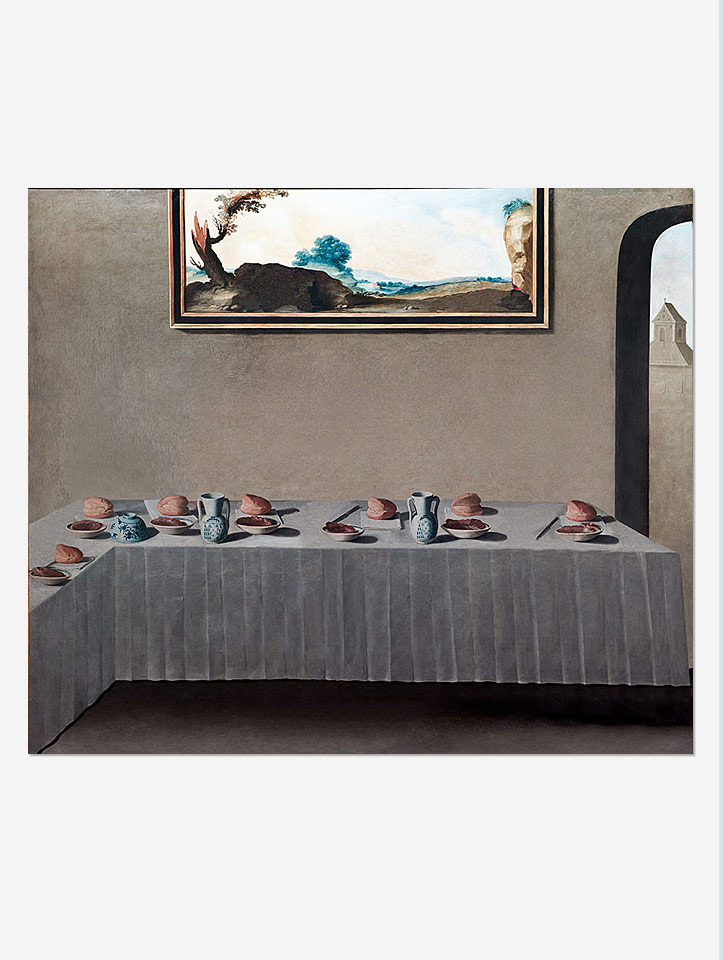Description
The large room served as a studio for Velázquez who was appointed court painter by the king Philip IV (1605–1665). His talent and winds of change in the Court allowed him to have this privilege to portray the Royal family, their world and its principal figures and to take charge of the decoration of the royal apartments. This painting demonstrates that Velázquez made his greatest achievement by uniting the knowledge of the two most important schools in the seventeenth-century Europe.
In “Las Meninas” he synthesizes the best of the Italian and Flemish schools: Titian, Caravaggio and Rubens. As a result, he provides the most realistic manner without any definition of detail but always keeping the whole in mind. As a result, the room is filled with air.
The move to the royal court in Madrid allowed Velázquez access to the impressive royal collection rich in paintings by the Venetian Renaissance master Titian. His art was profoundly influenced by Venetian paintings in the royal collection and by Peter Paul Rubens who spent several months at the court during which he copied the masterpieces by Titian. And Velázquez’ visit to Italy did in fact have an important effect on his artistic evolution allowing to him to improve significantly his technique and his way of understanding painting that had already been different from those paintings of the Sevillian period characterized by the evident influence of Caravaggio, who would learn to master chiaroscuro and who would once again be present in so many royal portraits.
The use of the depth of field limited to the central characters and objects in the foreground leaving the background out of focus is a technique typical of the photographic language. It is as if Velázquez had seen the subject portrayed through the viewfinder of a photographic lens 200 years in advance.




